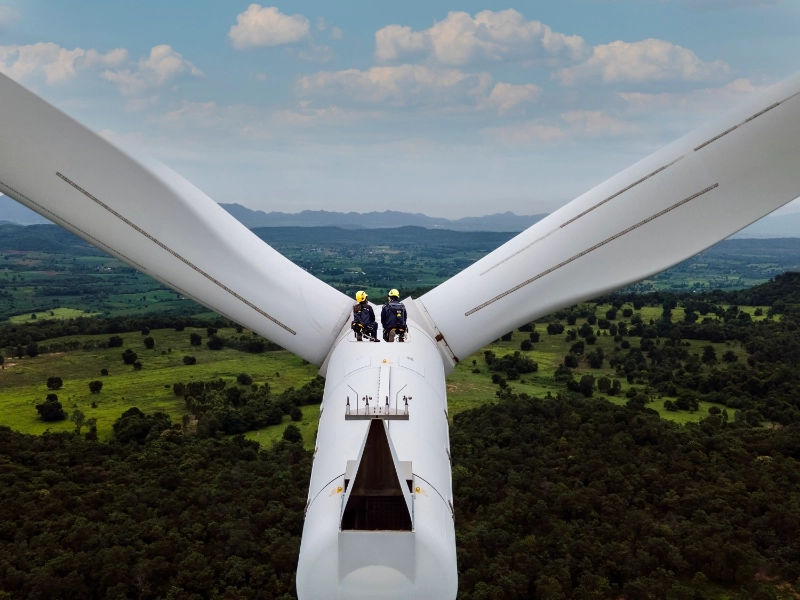Konjunktúra és növekedés döntéshozói szemmel
Szakértőink globális és helyi gazdasági elemzései, valamint gyakorlati tanácsok a vállalati pénzügyek kockázatkezeléséhez.
 Magyarország
Magyarország

Szakértőink globális és helyi gazdasági elemzései, valamint gyakorlati tanácsok a vállalati pénzügyek kockázatkezeléséhez.
Tartsa szem előtt a kockázatokat és lehetőségeket. Szakértőink folyamatosan elemzik a piacokat több mint 40 országban. Elemzéseikből olyan gazdasági fejlemények rajzolódnak ki, mint növekedési előrejelzések, piaci trendek, geopolitikai kockázatok, valamint egyedi ajánlások a vállalati kockázatkezeléshez. Ezek az ismeretek segítenek abban, hogy megalapozott döntéseket hozzon vállalata számára.
Ajánljuk kockázatkezelőknek, pénzügyi vezetőknek, értékesítési szakembereknek és mindazoknak, akik érdeklődnek a gazdaság iránt.
Tekintse át a globális gazdaságot vagy egyes régiókat. Itt megtalálja szakértőink értékeléseit a gazdasági növekedésről, piaci kilátásokról és várható trendekről.

Gazdasági trendek és kihívások több mint 40 iparágból. Tudja meg, hogyan alakul a fizetési fegyelem a különböző országokban. Azt is megtudhatja, hol várhatóak csődhullámok.

Interaktív kockázati térképünk áttekintést nyújt a globális politikai helyzetről és a gazdaságot érintő kockázatokról.

Országspecifikus jelentések friss elemzésekkel, gazdasági előrejelzésekkel, politikai fejleményekkel és lehetséges kockázatokkal

Cikkek a követeléskezelésről, a kintlévőségek hatékony kezeléséről. Mire számíthat, ha fizetésképtelenséggel kerül szembe?
